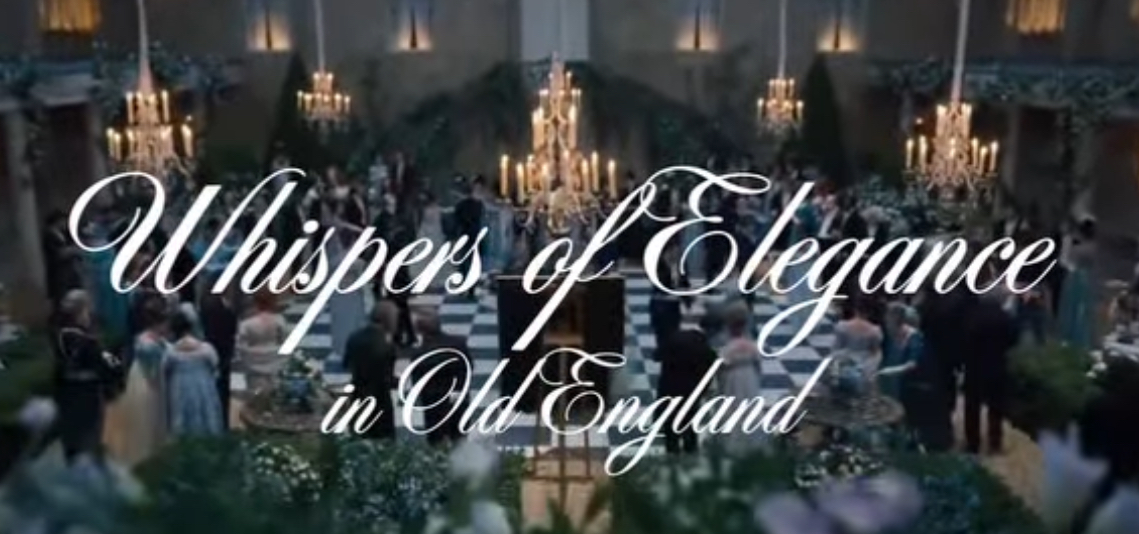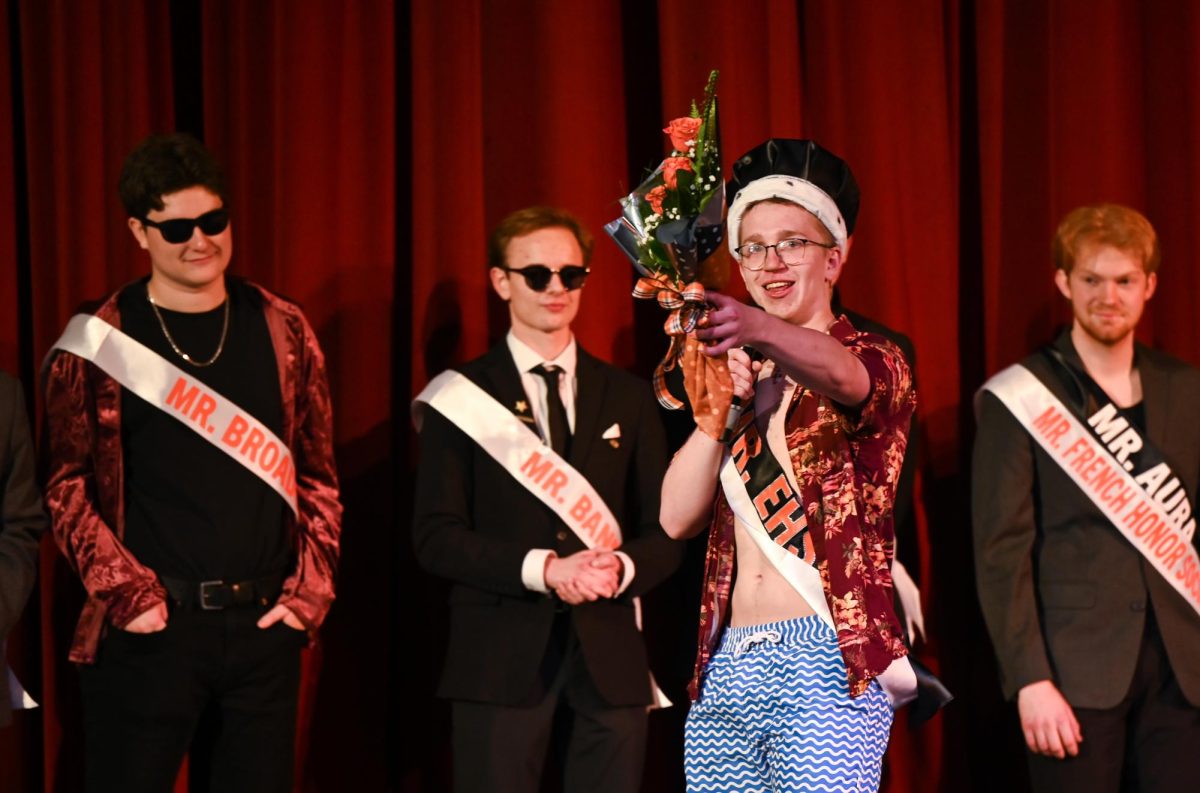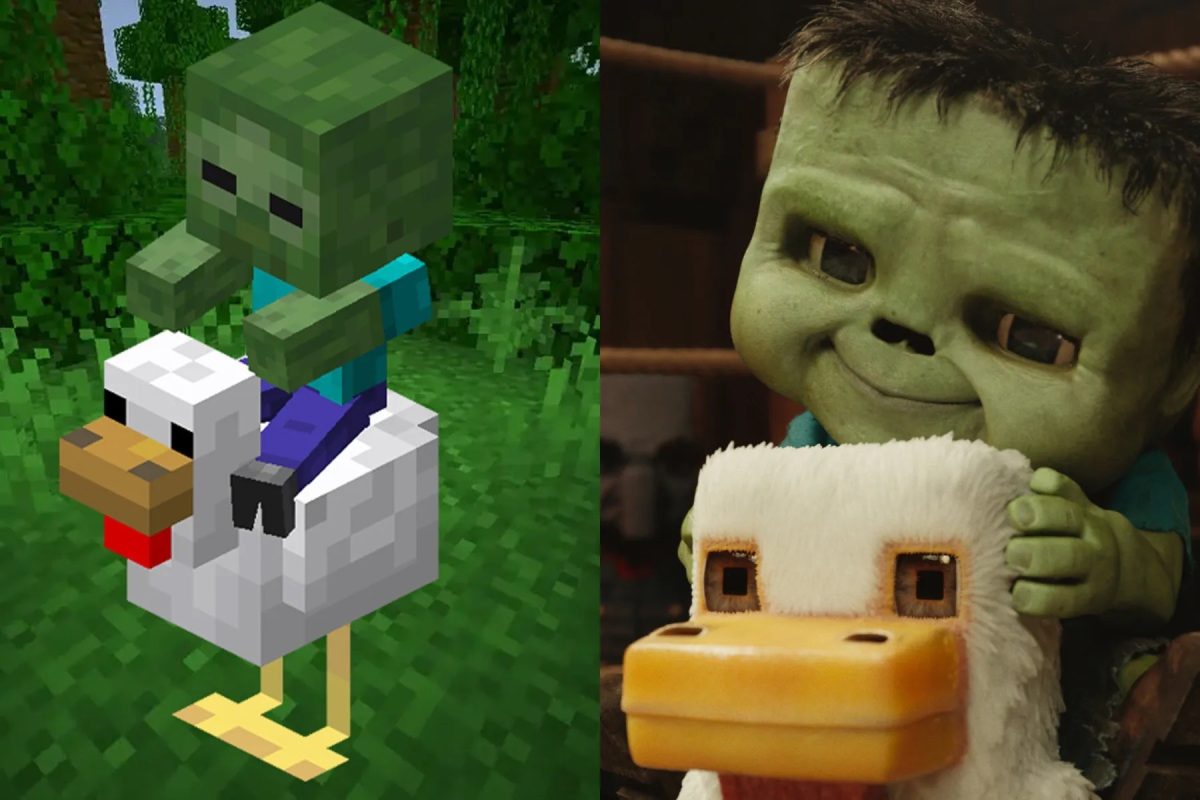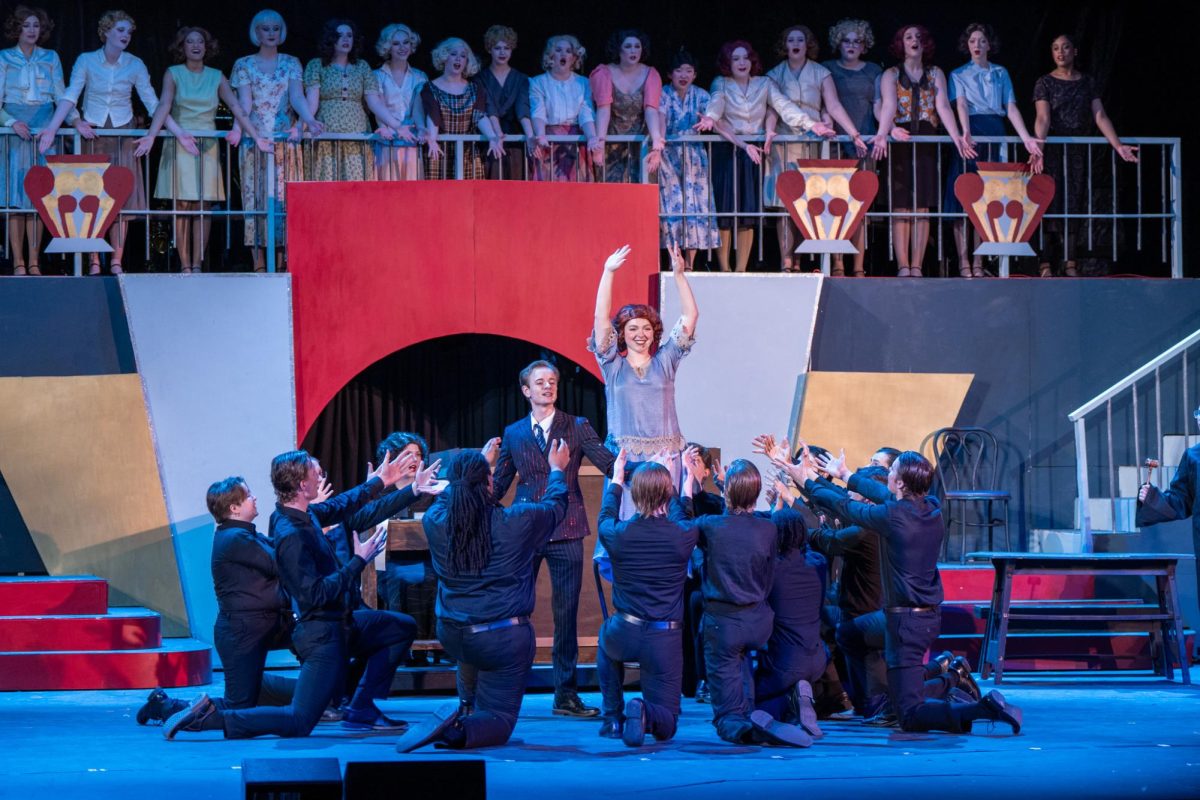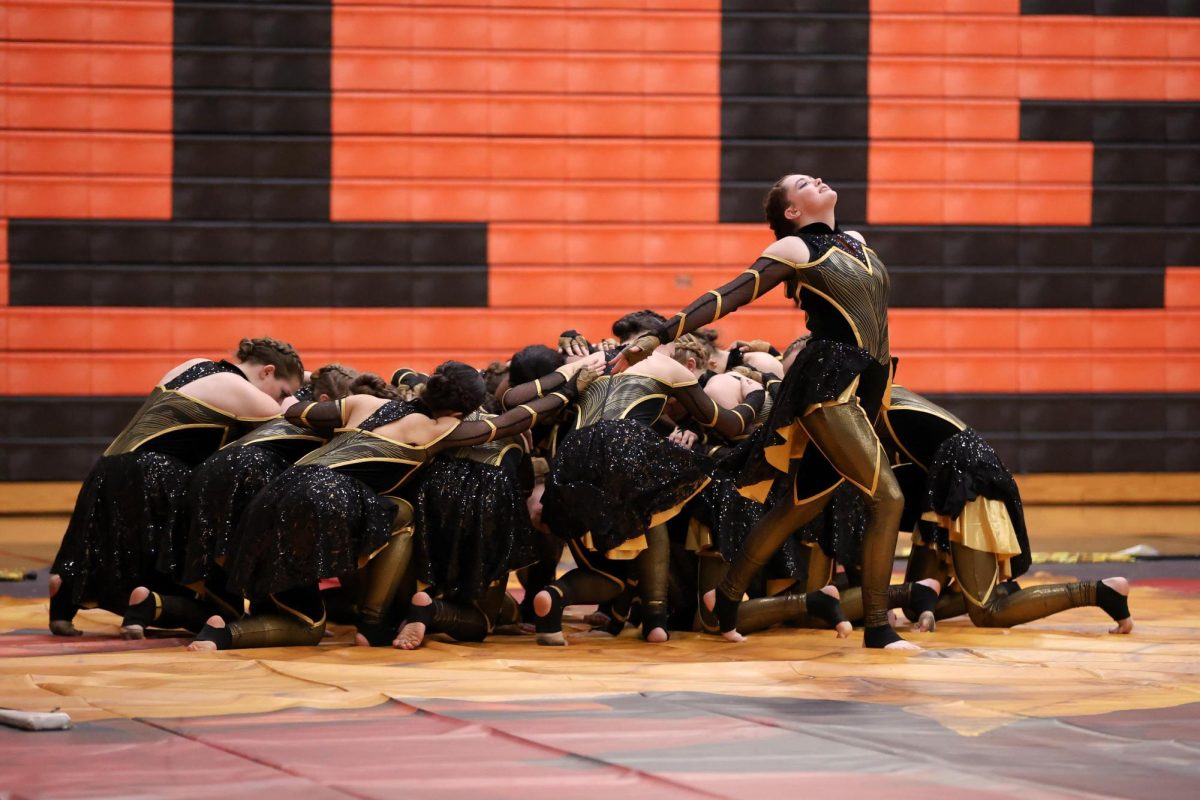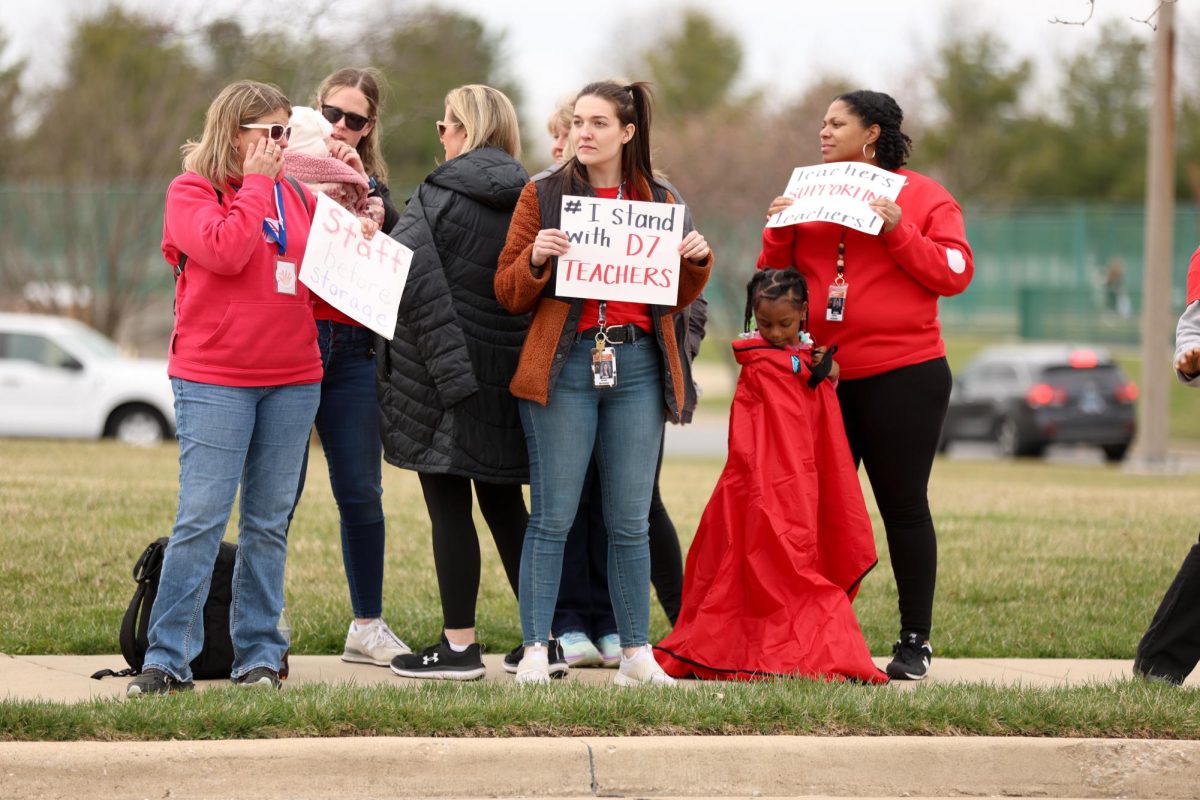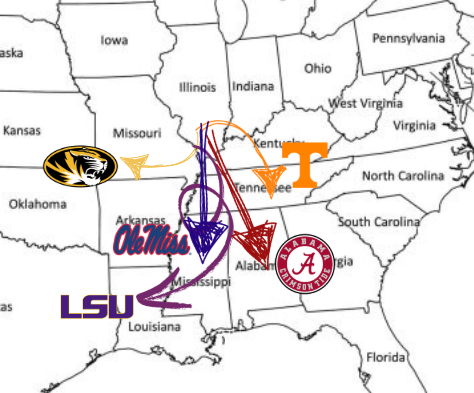‘Series of Unfortunate Events’ Returns
January 4, 2019
Netflix released the third and final season of “A Series of Unfortunate Events,” and the Baudelaire orphans and Count Olaf are back with their sardonic game of cat and mouse.
Since “The Bad Beginning,” Olaf has been after the orphans for their fortune following the tragic death of their parents. Now, after multiple guardians and creative (but failed) attempts to rob the children, the final four books of the original 13 book series conclude the Baudelaires’ story.
The seven-episode season comprises the books “Slippery Slope,” “Grim Grotto,” “Penultimate Peril” and “The End.” Each book is adapted into two episodes, except “The End,” which concludes the series with one final episode.
Senior Macy Ivie is looking forward to getting some questions answered in the third season, including the fate of the Baudelaires. In the second season, the Baudelaire parents’ past is partially revealed along with many unsavory objects, including the Sugar Bowl and the letters “V.F.D.”
“When I was younger I read the series and to watch how it played along with the books was cool,” Ivie said.
Producer and actor Neil Patrick Harris reprises his role of Count Olaf to continue his hunt for the rich children and the V.F.D.
“(Season three) answers all of the questions that the kids are seeking to answer. Not necessarily the answers they’re hoping for, but answers are had,” Harris told Newsweek. “As the books went from one to 13 [and] as the seasons of the Netflix show went from one to three, with the additional episodes comes a maturity level.”
While the Baudelaire’s torment is the present, the light is shed on the pasts of Lemony Snicket, the author and narrator, and Count Olaf himself. The ties between the Snicket and Baudelaire families are also explained. There is also a scene with the children and Lemony, and the appearance of his very important sister, Kit.
“I liked meeting Kit Snicket,” junior Emily Kloostra said. “She’s pretty bada–.”
The third season brings a new depth to the troubles of the orphans, but continues with the same sarcastically gloomy aesthetic that brings a Grimm fairy tale style to the story. Kloostra is drawn to the atmosphere of the show.
“All the ways the characters talk and the sets and all that just add to that feeling that the story is slightly off,” she said. “That’s what makes it good.”




